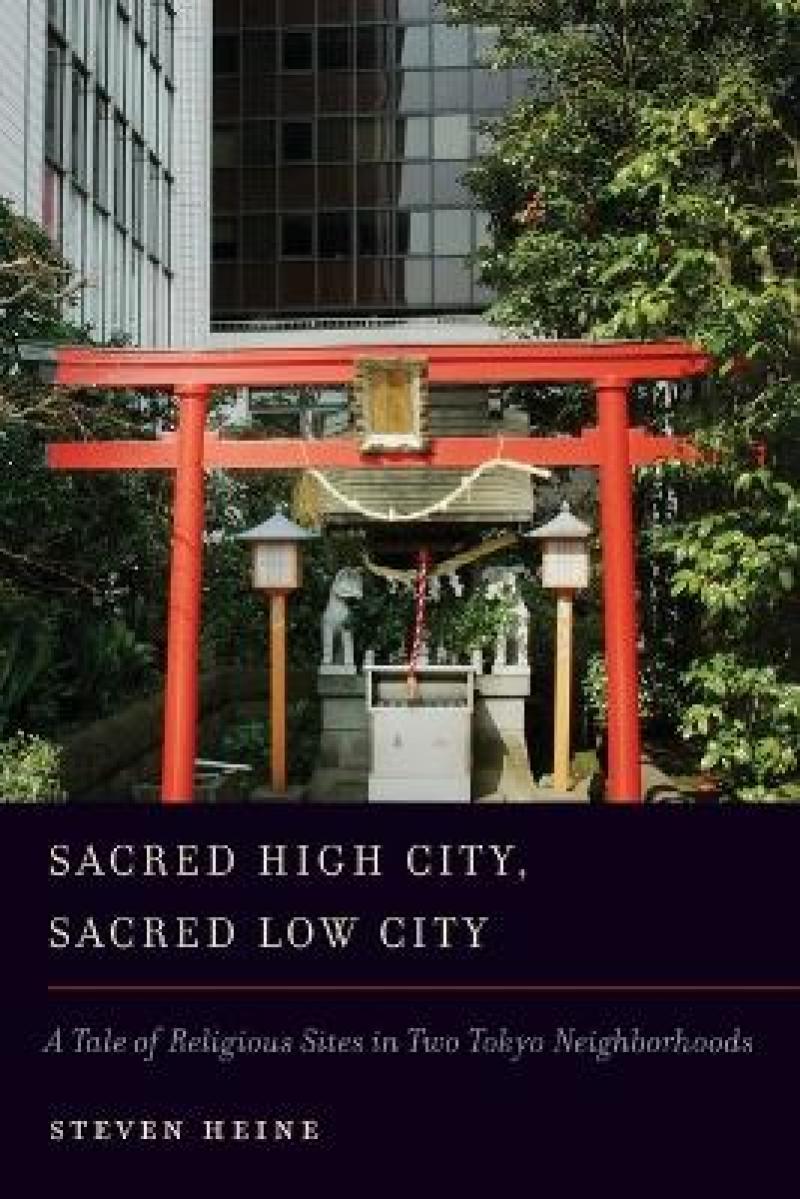These nuanced refinements to broadly accepted scholarship are without doubt a courageous and important contribution to the field of Japanese religions....This book is undoubtedly an important contribution to scholarship on Japanese religiosity, and will provide food for thought for both researchers and students of Japanese studies, but it will also appeal to the general public.
Japan Review
The contributions of Sacred High City, Sacred Low City cannot be overstated. Taking a significant step in moving Western scholarship beyond the gaze upon the Japanese other, Heine has offered a shift in paradigm that will change the direction of this field for years to come. Undergraduate and graduate courses on Japanese cultural and religious studies or on the confluence of contemporary religious practice and material consumption would be well served by adding this text to required reading.
Philosophy East and West
Interesting... a fruitful reexamination of the conventional wisdom of what religion is and does in contemporary Japan.
Religious Studies Review
Highly engaging and accessible... this is a significant contribution the the study of contemporary Japanese religiosity--particularly, but not exclusivley, urban religiosity...Sacred High City is a must-read for anyone with an interest in Japanese religions, sociology of religion, ritual spaces, or religion and modernization.
Journal of Ecumenical Studies
Heine questions the notion of 'born Shinto...die Buddhist,' a widely accepted understanding of Japanese religiosity. He proposes a new notion, 'Born Shinto...live Inari...die Buddhist,' adding that 'the use of the phrase 'live Inari,' refers to customs or practices habitually carried out within a worldview of myth and magic found in both Buddhist and Shinto contexts.
Religion Watch
